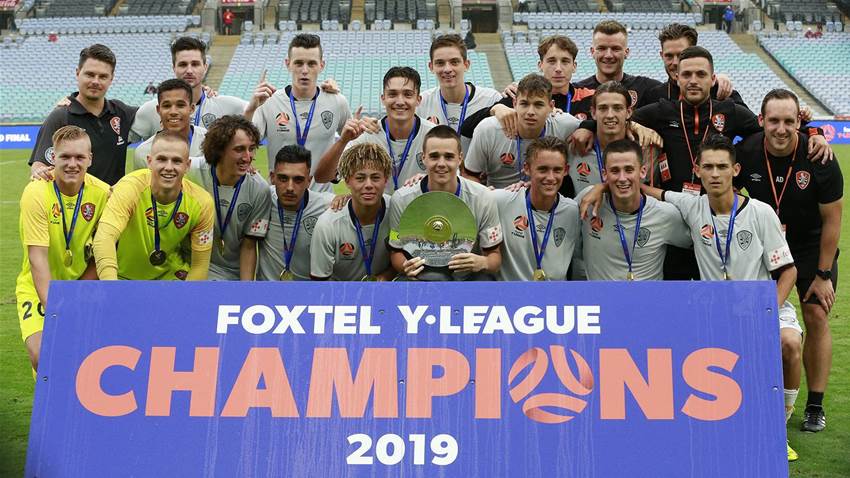In the wake of a Professional Footballers Australia report which declared the Y-League “does not meet the needs of the players, A-League clubs or Australian football,” Chief Executive John Didulica has outlined "creative, low-cost" ways to improve local youth development.
“One of the things that’s often been discussed in youth football is a zonal approach. Rather than having eight teams or nine teams playing in the NYL, why don’t we have a greater emphasis on competition within specific geographic regions – whether its north and south or something else – and integrate more teams from community football into that level of play? That would then get the volume of games up
“Things like increasing the age doesn’t necessarily come with a huge cost impact, particularly if you’re making savings in some areas. That increases the level of competition, might allow players to be in the system just a little bit longer, so there are levers that you can pull that don’t necessarily cost money to give tangible and meaningful improvement.”
For Didulica, another area of concern highlighted in the report were the challenges presented to academy players battling to juggle their schooling and pursuit of a footballing career.
57% of Y-League players surveyed indicated that they were currently studying in some form – compared to 17% having no other commitments and 2% indicating they were full-time professional footballers – but 59% of those had missed school commitments.
“One of the things we’d observed anecdotally was this tension between players committing to football and potentially working in with the A-League team and what impact that has on schooling,” Didulica said.
“To have two out of three players having to miss school or a significant amount of school or education time to complete this obligation was something that was quite concerning for me, given that in tandem with how short the playing span is in the Y-League – it’s 1.9 years – it comes at a moment in a young players life that is really important.
“I think there are solutions to that that don’t necessarily cost money. That was one of those areas I felt is an area we’ve got to focus and improve, this nexus between sacrificing education and committing to a professional football career.”
Related Articles

Socceroo-in-waiting seals Championship deal

Fringe Socceroo swerves A-League to remain in Europe after Fulham exit













